Another tech giant is coming to the suburbs.
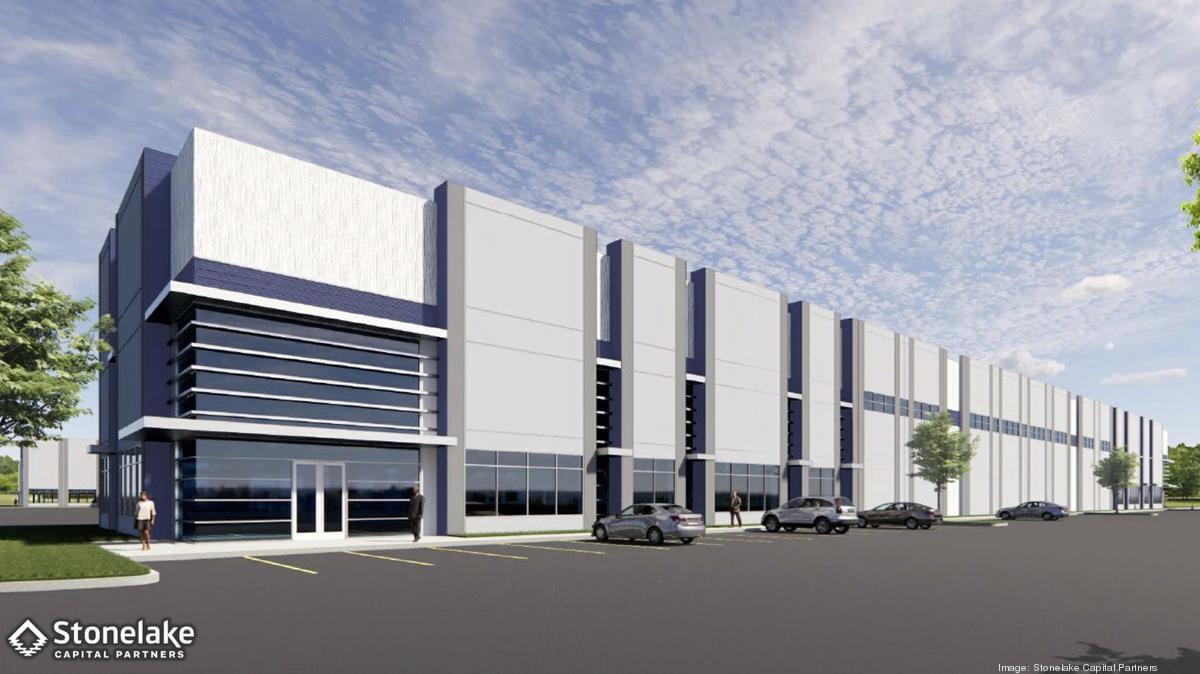

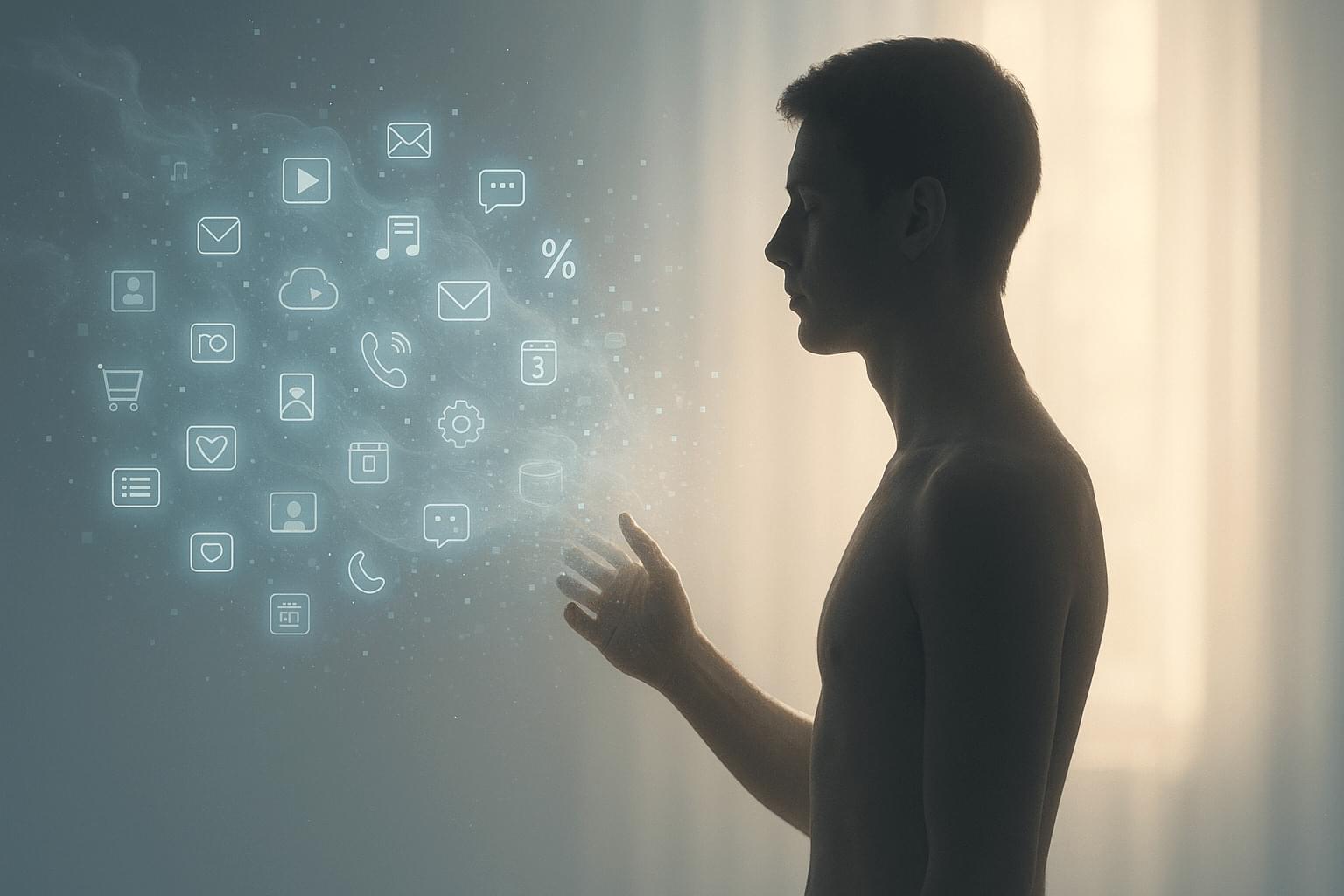

The Tamagotchi craze started during the 1990s, with the original electronic toys. Years before our smartphone obsession, Tamagotchis were pixelated pets you carried around, often on a keychain. You had tiny rubber buttons and a miniature screen to feed, clean, and take care of your Tamagotchi. If you failed, you returned to a tiny digital tombstone.
In recent years, Tamagotchis have made an unlikely comeback. But now, a team of students at Northeastern University want to build something much more real.
SquidKid looks like a whimsical cartoon squid, but it’s actually a “bioreactor,” essentially a biological life support system. Inside it, floating in a special “broth”, are millions of real, living, glowing bacteria. The students who designed it are blunt.
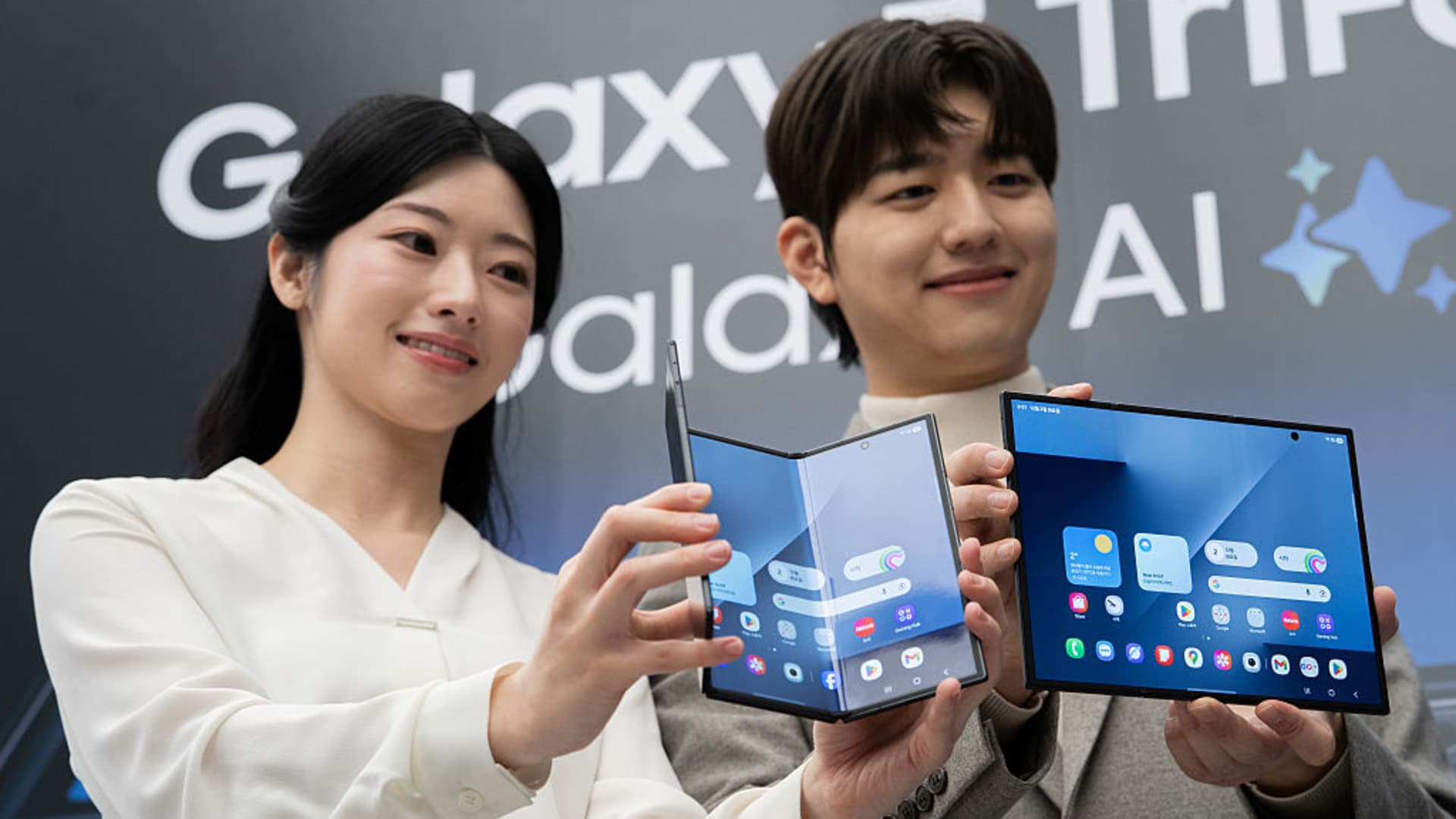
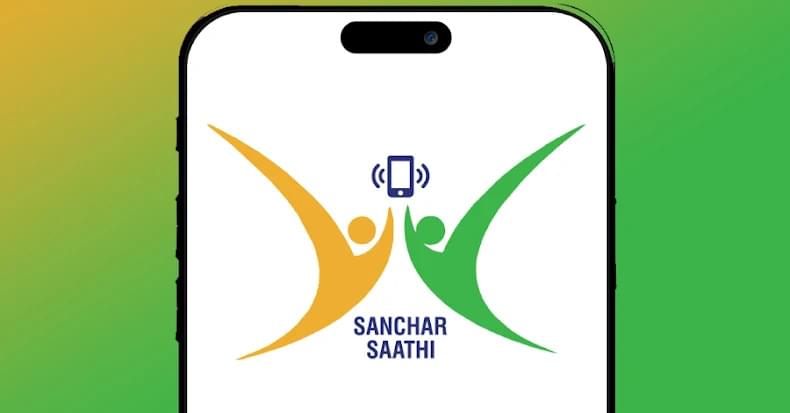
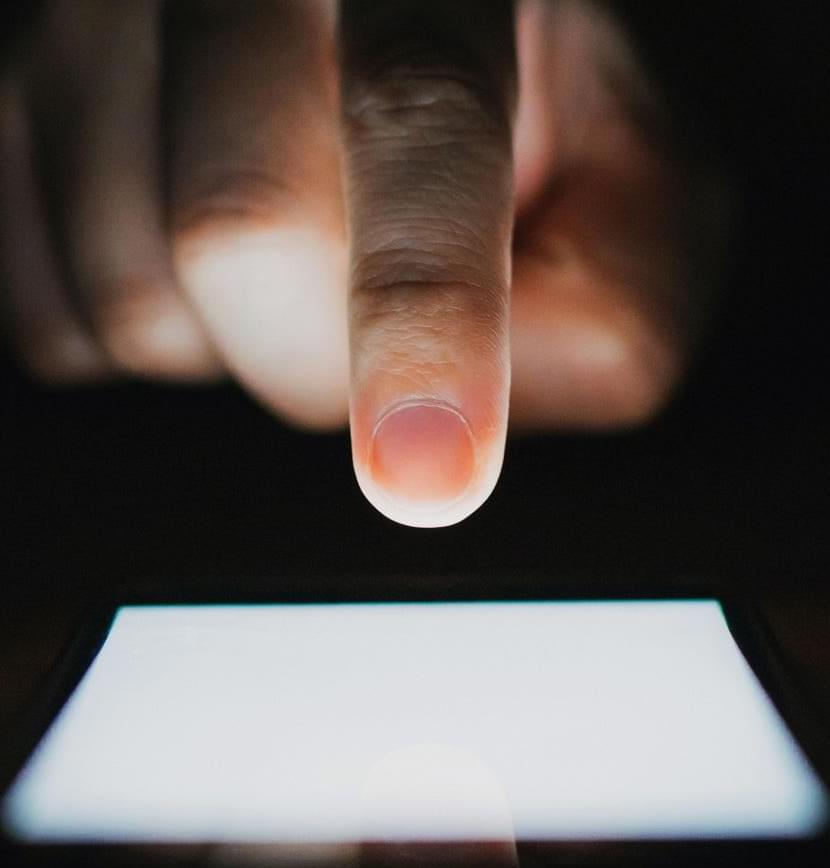

Acoustic frequency filters, which convert electrical signals into miniaturized sound waves, separate the different frequency bands for mobile communications, Wi-Fi, and GPS in smartphones. Physicists at RPTU have now shown that such miniaturized sound waves can couple strongly with spin waves in yttrium iron garnet. This results in novel hybrid spin-sound waves in the gigahertz frequency range.
The use of such nanoscale hybrid spin-sound waves provides a pathway for agile frequency filters for the upcoming 6G mobile communications generation. The fundamental study by the RPTU researchers has been published in the journal Nature Communications.
Surface acoustic waves (SAWs) are ubiquitous. They unleash destructive power in the form of earthquake waves but are also at the heart of miniaturized frequency filters that are used billions of times for GHz-frequency mobile communication in smartphones.

Organic light-emitting diodes (OLEDs) power the high-end screens of our digital world, from TVs and phones to laptops and game consoles.
If those displays could stretch to cover any 3D or irregular surfaces, the doors would be open for technologies like wearable electronics, medical implants and humanoid robots that integrate better with or mimic the soft human body.
“Displays are the intuitive application, but a stretchable OLED can also be used as the light source for monitoring, detection and diagnosis devices for diabetes, cancers, heart conditions and other major health problems,” said Wei Liu, a former postdoctoral researcher in the lab of University of Chicago Pritzker School of Molecular Engineering (UChicago PME) Assoc. Prof. Sihong Wang.


Patterns of smartphone use and their impact on mental health are being extensively studied due to the growing dependence of the device in people’s lives.
A recent study tracked late-night smartphone usage in 79 adults with recent suicidal thoughts for 28 days. People using phones late between 11 p.m. and 1 a.m. showed a higher risk of suicidal thoughts the next day, whereas those who actively used the keyboard beyond midnight hours showed a lower risk.
The findings are published in JAMA Network Open.